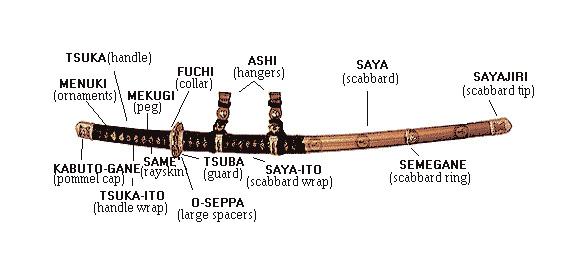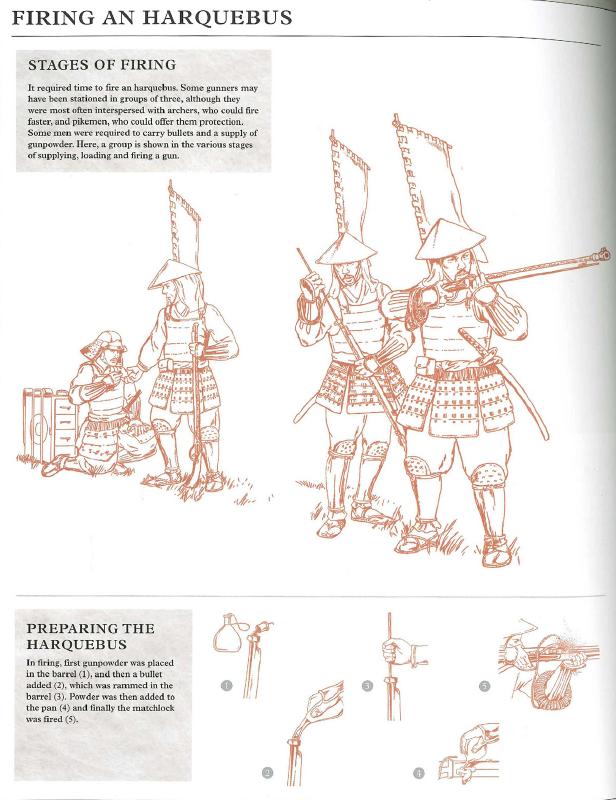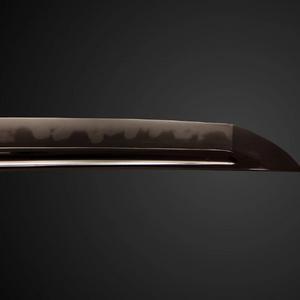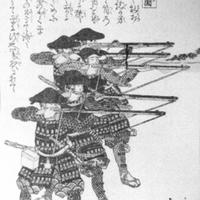History of Family Crests in Japan
Japan has a long history of designing and using family crests - they have been used for identification, ceremonies, and have been put on tombstones as well. Also referred to as kamon, crests have been passed down through many generations. Some counts put the number of unique family crests at around 30,000 (Public Relations Office of Japan, 2022). That being said, most feature plants, animals, or stars carefully and skillfully arranged (Public Relations Office of Japan, 2022).
Historians agree that this tradition originated during the latter part of the Heian Era, with their most common use being on ox-carts so that status was well established and those of lower status on the road gave way to those of higher status (Nippon, 2023). As the Heian era gave way to the Kamakura and the rise of the samurai, they began to use family crests in order to distinguish who were their allies and enemies on the battlefield (Public Relations Office of Japan, 2022). It was during the Edo period that common people were allowed to have their own family crests, and it was then that the number of kamon exploded (Nippon, 2023). Given the large number of family crests, it can’t be helped that many would feature similar characteristics and designs. Each crest can be categorized by understanding the type of design they feature; the five largest categories are animals, plants, nature, buildings and vehicles, and patterns (Nippon, 2023). Among these categorizations they are further broken down into “the five major crests,” also known as the godaimon (Nippon, 2023). The godaimon are wisteria, paulownia, hawk feathers, flowering quince and creeping woodsorrel. As will be seen in the kamon of some of the most important families in Japanese history, they too feature these elements.
The Taira Clan kamon is that of a butterfly. Many crests featuring animals often refer to longevity or prosperity (Nippon, 2023). The Hojo Clan crest is three triangles arranged so that the center is shaped like a fourth, upside down triangle. This is one of the few that features just a simple pattern rather than a design of something found in the world. The Ashikaga crest is a simple pattern of two horizontal lines bound by a circle, and, like the Hojo, is also one of the few that employ patterns rather than depictions of things in the world. The Oda kamon features a flowering quince, one of the more popular designs in Japan and one of the five godaimon (Nippon, 2023). The Tokugawa kamon uses the hollyhock flower as its central design, representing a desire for elegance and fortune (Nippon, 2023). The Toyotomi clan crest is an example of perhaps Japan’s most popular design: the paulownia flower. Due to the fact that it is used so often, there are different names to denote different versions of the pattern. In this instance it would be called specifically the 5-7 paulownia, because it features a pattern of five leaves, then seven, and then five again (Public Relations Office of Japan, 2022). This very pattern is also the official crest of the Japanese government as well.
Sources
- “Kamon, Japanese Family Crests, Their History and Features.” Public Relations Office Government of Japan, December. https://www.gov-online.go.jp/eng/publicity/book/hlj/html/202212/202212_03_en.html#:~:text=The%20family%20crest%20originated%20in,belonged%20to%20at%20a%20glance
2023. “‘Kamon’: Japan’s Family Crests.” Nippon, February. https://www.nippon.com/en/japan-data/h01578/







